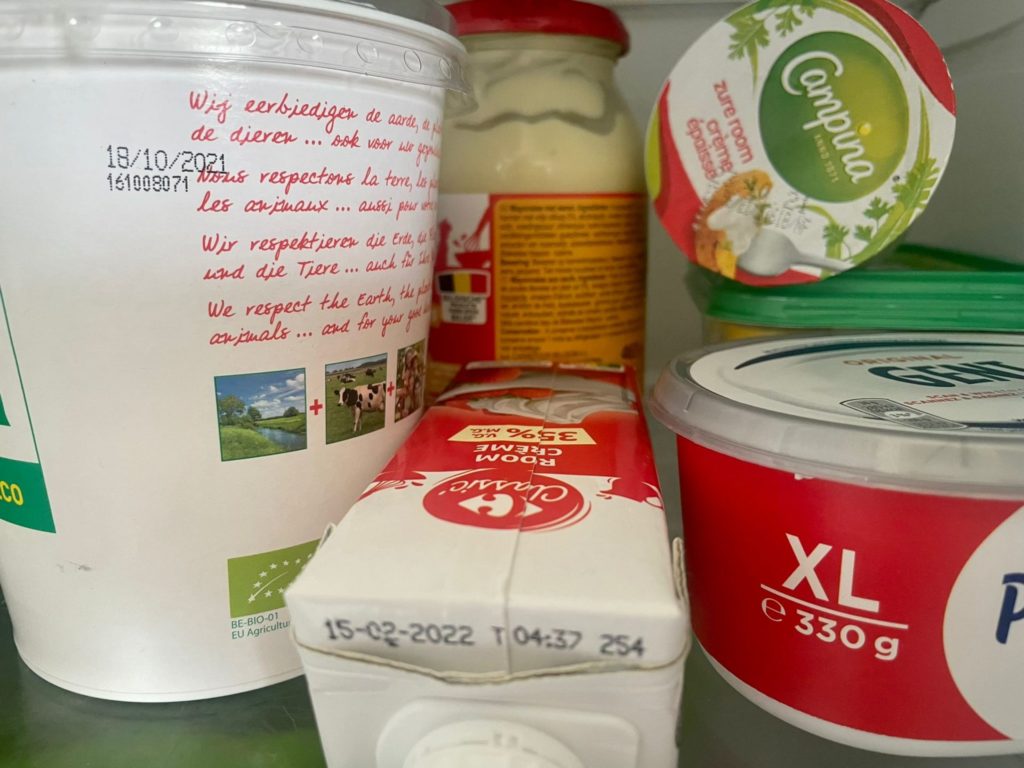The majority of people in Belgium don't fully understand expiry date labels on food products, which results in food unnecessarily being thrown out.
Around 75% of people did not know the difference between "best-before" and "use-by" dates when asked in a survey conducted by the company behind an anti-food waste mobile application, Too Good To Go, which results in one in three people throwing out food that is still edible.
"We notice that more and more consumers are aware of the impact of food waste, but they often do not know whether a food product is still safe to consume after its expiry date," said Hélène Bonte of the Federal Agency for the Safety of the Food Chains (FAVV).
Together with FAVV, and 14 food producers and supermarkets, Too Good To Go is launching a pictogram that aims to clarify best-before dates by making a clear distinction between the two types of expiry dates.
"For products with a 'use-by' date, such as meat and fish, the date must absolutely be respected," Bonte explained. "But products with a 'best-before' date, such as chocolate or dry pasta, are still edible after the date has passed."
Look, smell, taste
As part of the initiative, both FAVV and Too Good To Go are advising people to "look, smell and taste" food that is past its 'best-before' date before it is thrown away by adding a pictogram that will appear on products in Belgian shops, including those produced by Hellmann's, Joyvalle and La Vache Qui Rit.
The advice as part of the campaign states that, if the taste, smell and texture are as usual, then the product is safe to consume. However, food and drink that has passed the "use-by" date should be thrown away, even if it still looks and tastes good.
The anti-food waste company launched its initiative on the United Nation's International Day of Awareness of Food Loss and Waste, during which the UN put out an urgent appeal for action to reduce the amount of food that is wasted globally.
Too Good To Go's campaign is also one of the projects supported by the Flemish Government as part of its action plan, announced on Wednesday, with which it wants to prevent 30% of food losses, re-process them as food or find other ways to make use of them.

